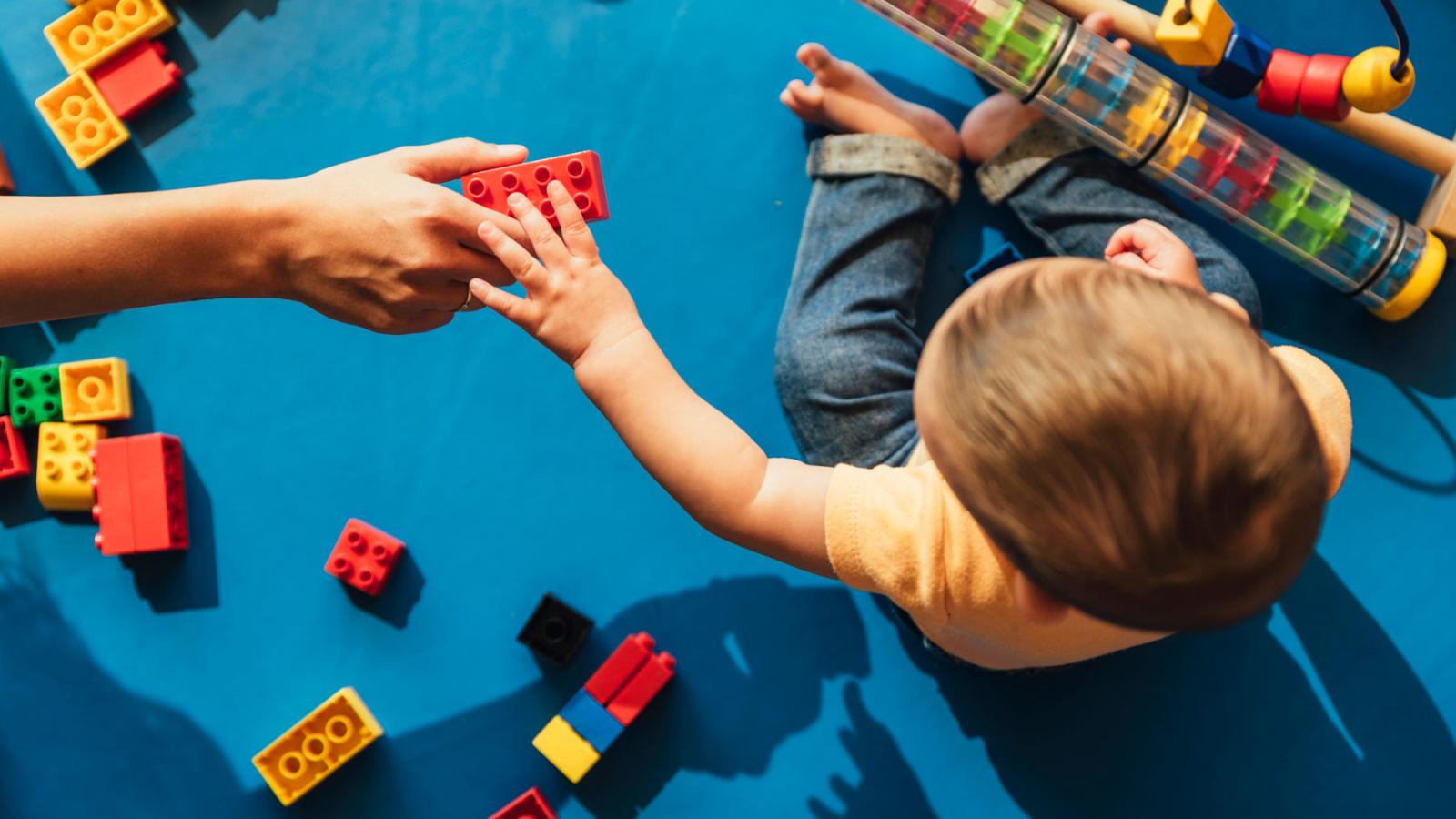Banner

Title
resources
Resource Library
Our Resource Library contains materials and assistance for early childhood educators and those they serve. Explore our selection of podcasts, tip sheets, websites, documents, and self-study courses.
Results: Page 11 of 29
| Resource Name | Description | Resource Type |
|---|---|---|
| Dismaha iyo Baraaraha Nolosha Ilmaha iyo Qoyska (Protective Factors) | Podcastigani wuxuu ka hadlayaa “Protective Factors” oo ah qaab faa’iido wayn u leh dhismaha iyo baraaraha nolosha ilmaha iyo qoyska. This podcast talks about "Protective Factors" which are a very useful way to build and nurture the life of the child and the family. | Podcast |
| Disruptive Behavior: Why It’s Often Misdiagnosed | It’s easy to jump to the conclusion that a child who’s pushing or hitting or throwing tantrums is angry, defiant or hostile. But in many cases disruptive, even explosive behavior stems from anxiety or frustration that may not be apparent to parents or teachers. | Document |
| Divorce and its Impact on Infants and Toddlers | Divorce means changes for the whole family that are very disruptive to a young child’s sense of well-being. Early childhood educators can help an infant or toddler better manage the change by understanding a child’s feelings and behaviors and responding to their needs. | Tipsheet |
| Divorce and Parenting | "Parenting during and after a divorce can be difficult even under the best of circumstances." Scroll down to find some helpful resources from the Child Mind Institute. | Website |
| Do You Know Me? | This PDF was created by Melissa Zacherl in 2004 and was found on the KidClan Services website. It is a wonderful infographic to share about "Sensational Kids." | Document |
| Early Childhood Health, Behavioral Health, and Safety Resource List | This comprehensive resource list is from the Office of Head Start National Center on Health, Behavioral Health, and Saftey. | Document |
| Easter Seals Disability Services | Expanding and developing new child care centers that provide services to children of all abilities is a challenging proposition. Easter Seals has successfully met that challenge through a national network of Child Development Centers. In our experience, two of the major barriers to the operation of and inclusive model are managing the financial resources available and the development of appropriate facilities. On this website, you can order a "Fiscal and Design Solutions Package" that gives you a financial planning booklet and excel workbook as well as a design guide. With a grant from The Child Care Bureau, a division of the U.S. Department of Health and Human Services Administration for Children and Families, Easter Seals has developed two tools to help child care providers address these major barriers to inclusive child care. | Website |
| Eating Healthy at Home | Child Care Aware of America is engaged in partnerships and initiatives with other organizations focused on children’s health. They are proud to partner with the Alliance for a Healthier Generation and showcase some of their recent work. Together, the Alliance and Kohl’s Corporation developed the Eating Healthy at Home campaign, focused on helping families take small steps to make the healthy choice the easy choice. | Website |
| Effective Classroom Practice: Infants and Toddlers | "During the earliest years, infants and toddlers interact primarily with people. Their interactions with toys are usually in the context of human interaction as well. They need to freely explore, manipulate, and test everything in the environment. Increasingly in today’s world, this includes the exploration of technology tools and interactive media." Here is a guide for the use of technology: Selected Examples of Effective Classroom Practice Involving Technology Tools and Interactive Media from NAEYC. | Document |
| Effective Discipline to Raise Healthy Children | Corporal punishment – or the use of spanking as a disciplinary tool –increases aggression in young children in the long run and is ineffective in teaching a child responsibility and self-control. In fact, new evidence suggests that it may cause harm to the child by affecting normal brain development. Other methods that teach children right from wrong are safer and more effective. This article is from Robert D. Sege, Benjamin S. Siegel, Council on Child Abuse and Neglect and the Committee on Psychosocial Aspects of Child and Family Health. | Document |
Results: Page 11 of 29